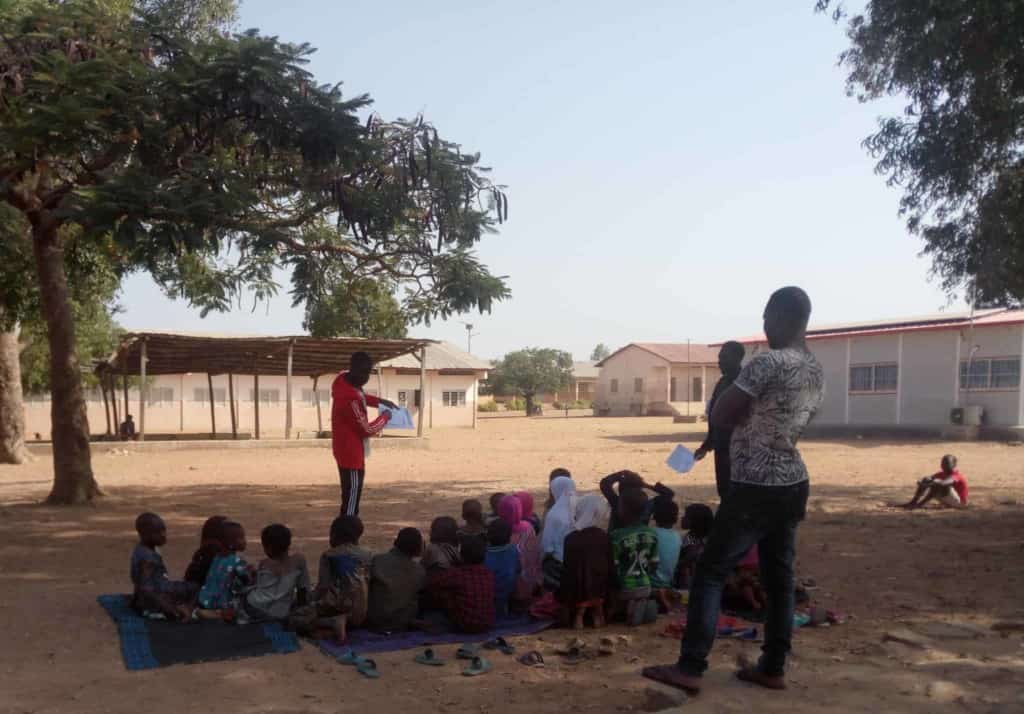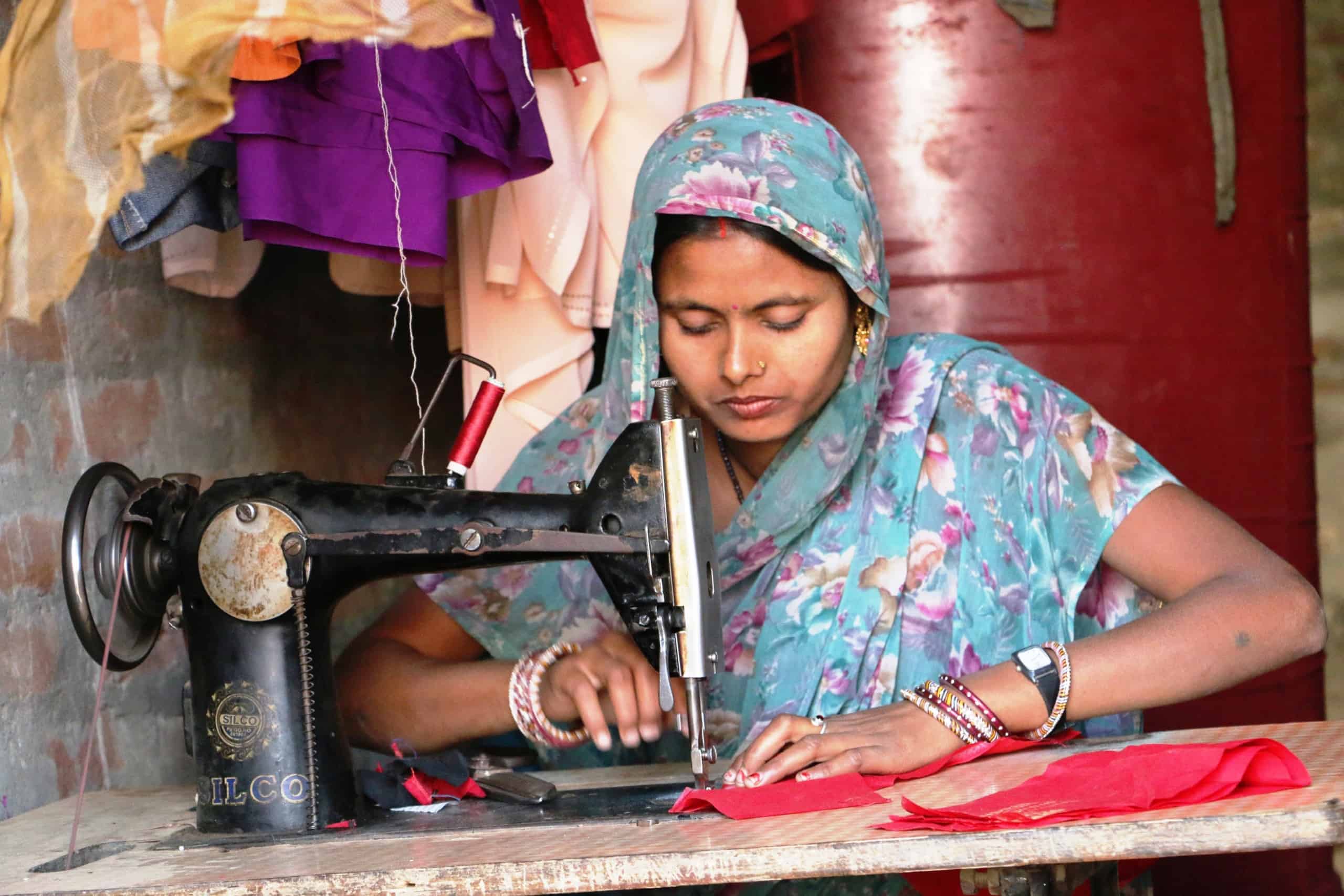Education looks like adult learners.
Whether they are going back to school, attending for the first time, entering the workforce, or advancing their careers, adult learners are taking hold of their futures through education. We provide opportunities for adults around the world to gain crucial skills for employment and build a foundation for life-long learning.


Education looks like community learning sessions.
Community engagement in education improves learning outcomes for students. Making up for lost time in the classroom or adding time through regular community learning sessions helps students stay on track to achieve their educational and life goals. We train instructors to hold learning sessions and facilitate community engagement so that learning is always accessible, and always a priority.


Education looks like virtual learning.
Virtual learning has become more prevalent than ever since the outbreak of the COVID-19 pandemic. Attending class through video conferencing, staying virtually connected to teachers and classmates, and using online resources to progress learning prevents school closures from hindering educational growth. Not everyone has access to the technology and skills required to learn virtually, though, and the digital divide must be addressed. World Education is closing this gap and developing creative solutions to continue programming despite lockdowns and restrictions.


Education looks like inclusive learning.
Every individual across the globe has the right to quality education and deserves the opportunity to fulfill their dreams. People with disabilities often face barriers to education because of systems that are not designed to enable all students to thrive. Inclusive education strives to meet the needs of all children and ensure that learning is accessible. We work with local partners to ensure people with disabilities receive education and have opportunities and support beyond the classroom.


Education looks like health information.
Education is not just reading and math. For people and communities to thrive, education must be comprehensive. This means providing education on life skills, mental health, HIV prevention, gender-based violence prevention, nutrition, reproductive health, and even how to access health services.




Education looks like job training.
Education should prepare people to find employment, and gain economic independence. Many of our programs help youth and adults gain vocational and life skills, start businesses, learn financial literacy, and build savings. We also support individuals to develop skills, such as communication, leadership, teamwork, and digital literacy, that will help them succeed in the workforce.


Education looks like bilingual education.
About 40% of the global population does not receive education in a language they understand. Many children grow up speaking their local language, and then start school in their country’s official language. This makes it difficult for students and communities to connect with learning and achieve their highest potential. We support local partners to introduce bilingual education into schools so that children can begin learning in their local language and then transition to learning in the official language. This approach improves understanding and performance in school.

